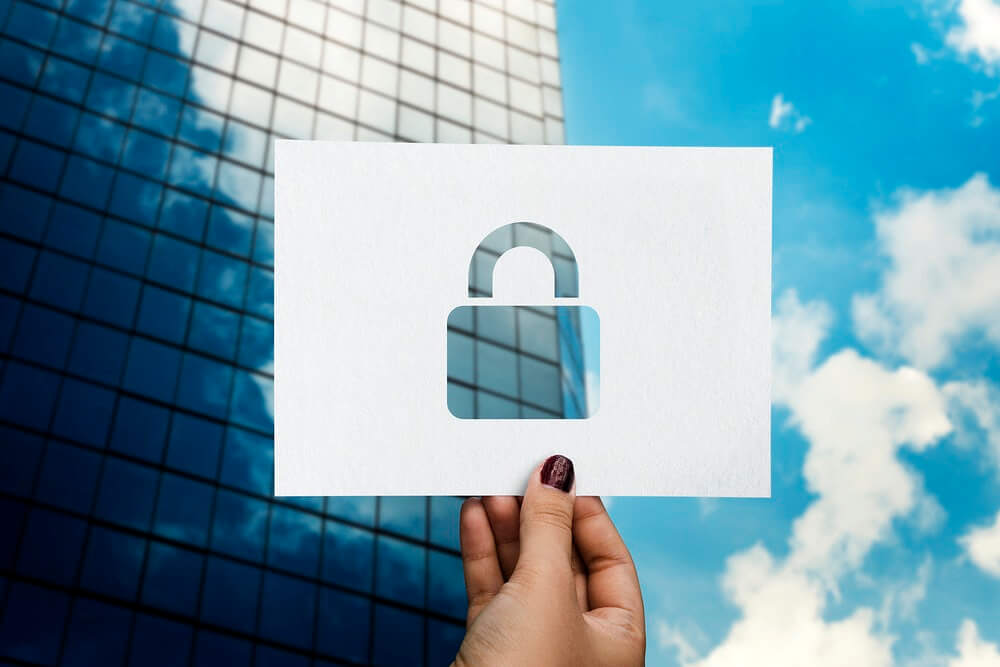Security is a complicated and ever-evolving topic. You rely on passwords for authentication and systems like Linux packages and Windows Services Update Services (SUS) for encryption to protect your data and vulnerabilities. But are you aware of all the areas in your organization that need extra security?
Implementing DevSecsOps is one of the best ways to improve security in your organization. If you want to get comprehensive answers to the question – what is DevSecOps? – Here is some critical information related to your organization’s need for better cloud security.
Table of Contents
Development Environment

Development environments are often the first where vulnerabilities are introduced into an organization’s system. To prevent the vulnerabilities from entering, it is essential to have a secure development environment. This includes using proper authentication and authorization methods, verifying software before it is deployed, and security hardening techniques to protect your systems.
Production Environment
Once vulnerabilities are introduced into an organization’s system, they can spread like wildfire throughout the production environment. Therefore, it is essential to have a secure production environment that includes hardening, authentication, and authorization to prevent unauthorized access, patch vulnerabilities promptly, and be aware of any changes in the system. It is also vital to monitor any changes happening within your production environment.
Cloud Security Provider Environment

If you use a public cloud provider, such as Amazon Web Services (AWS), Microsoft Azure, or Google Cloud Platform, it is essential to ensure adequate security measures. This includes using proper authentication and authorization, verifying software before it is deployed, and using security techniques to protect your systems.
Also Read
Corporate Network
Your corporate network is a vital part of your organization and needs to be protected from unauthorized access, malware, and viruses. In addition, it can prevent the spread of viruses from one system to another by having a secure corporate network and monitoring any suspicious activity within your network.
Personnel
The weakest link is often your people. It is possible that a hacker with a malicious motive can pose as someone else and gain entry into the organization through social engineering. However, this can be prevented by having proper authentication and authorization methods, verifying software before it is deployed, and using security techniques to protect your systems.
While all of these areas require enhanced security, the most important is your development environment because it is usually the first area where vulnerabilities are introduced into an organization’s systems.
How to Ensure Complete Security for DevOps

Securing your organization’s infrastructure is an important task, but ensuring the security of your DevOps environment is critical. Therefore, you should consider several implementation-related factors when selecting a DevOps platform.
Ease of Use
If your organization’s developers find the platform challenging to understand and use, they will circumvent its security measures and introduce vulnerabilities into your system. A best-practice solution is to pick a DevOps platform that is easy to use for everyone in your organization.
Extensibility
It is essential to pick a DevOps platform with an extensible architecture to add capabilities in the future when needed. For example, suppose your organization uses SQL Server today but needs to switch to MySQL for compatibility reasons. In that case, you will need the ability to easily convert your existing data models from one database to the other.
Community Support

To find answers to your questions quickly, choose a DevOps platform that has a strong community support system, including a robust set of documentation and a large number of active participants in discussion forums.
Security
When selecting a DevOps platform, it is essential to ensure that its security features meet your organization’s needs. This includes role-based access control, authentication and authorization, and auditing and logging.
Platform Independence

It is essential to pick a DevOps platform that is not tied to a specific vendor. This will give you the freedom to switch vendors if needed in the future.
Scalability
Your organization’s DevOps platform needs to be able to scale to support your ever-growing infrastructure. Choose a platform that can easily handle large volumes of data and enables you to add new servers as needed quickly.
Usability and Support for Other Tools

Your organization may already have extensive investments in tools such as source code management systems, tesm can easily integrate with these existing tools so that you do not need to develop new integrations from scratch.
When selecting a DevOps platform, it is essential to ensure that its security features meet your organization’s needs. This includes role-based access control, authentication, authorization, and auditing and logging features.ting frameworks, and continuous delivery pipelines. Ensure that your DevOps platfor






